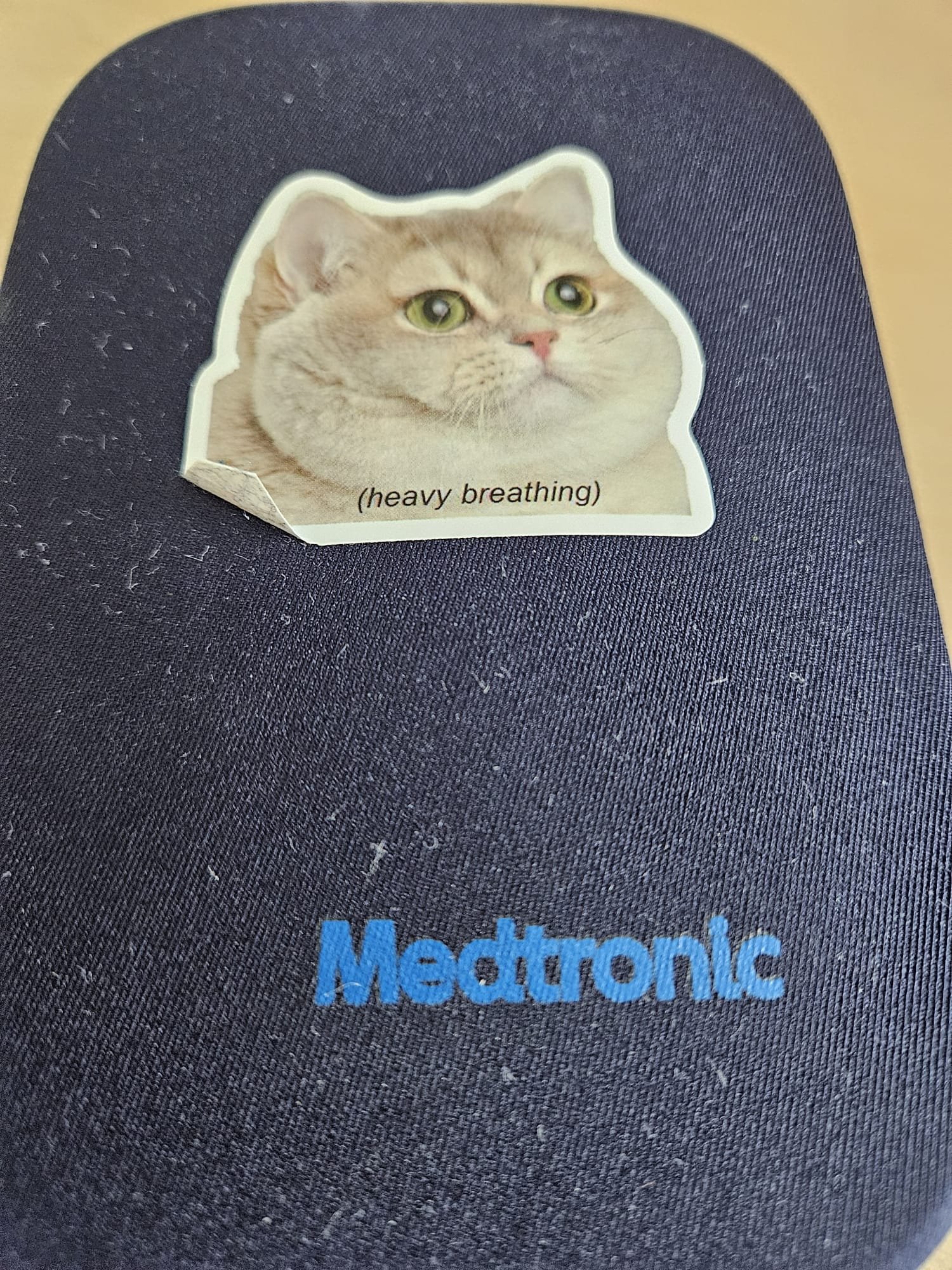After some serious thinking, I’ve decided to withdraw Sabela and The Hotsteppers from the Parkinson’s Unity Walk. As you probably know, the funds raised support Parkinson’s disease research, through grants funded by the APDA, the Parkinson’s Foundation, the Michael J. Fox Foundation and the Parkinson Alliance. Unfortunately, PD research moves very slowly, painfully at times.
As a person living with Parkinson’s disease (PwP), I can’t afford the luxury of time; I want to see benefits right away. I want to help at the grassroots level, be it in Spain, the US or anywhere else in the world. I want better quality of life for myself and hundreds of thousands of fellow PwPs today. There are those who need, for example, a way of following free exercise classes online but don’t have a device to do so. Others have no access to mental health support, either because their insurance doesn’t cover it, or barely, or simply because they don’t have insurance. Yet others need speech therapy, physical therapy, occupational therapy, but these are out of reach because of costs. And, sometimes, the issue is getting to the doctor or to therapy because of transportation issues.
At the same time, I’ve been struggling with an ethical, and moral, dilemma. I’ve read the financial reports of most major organizations, and, often, the salaries at the top levels are outrageously high. I can’t, in good conscience, support organizations where the top executives make almost one million dollars, half a million dollars… Yes, I’m aware the revenues of those organizations are high, very high. Yes, I know that research takes a very long time: I’ve met enough researchers over these past 5 years to know that they work tirelessly, and my respect and admiration towards them are unwavering. However, as I said earlier, I want to see progress here and now.
I’m not questioning those organizations or their mission. I know great things have been achieved thanks to their support. I’ll continue to participate in research, and to encourage others to do so. However, I’ll no longer ask you to support them financially. I’d rather focus on small, quick-impact projects such as the ones I mentioned earlier: support for therapies other than drugs, and mental health.
Over the past 5 years, your support and your encouragement have been uplifting. You’ve walked with me in more ways and circumstances than Central Park in April: you’ve understood my canceling plans, you’ve filled out forms for me, you’ve come with me to doctor’s appointments, you’ve proofread my English and Spanish blog posts and articles, you’ve sent me messages, postcards, videos and drawings, you contributed with prizes for the silent auction last year, you went to work on a day off so that we could eat after walking in Central Park, you asked colleagues for their support to the cause, you’ve helped me with work assignments, you’ve taken over PPT presentations, you’ve understood I needed to rest when traveling around the world, you’ve said “I’m here” with words and with actions… I could go on and on.
And how am I going to do this? Over time, if you’re interested, I’ll share with you different opportunities to help and show your support. Here are the first three:
- Support Parkinson’s Africa, a patient advocacy organization created by Omotola Thomas, dedicated to supporting and empowering Africans impacted by PD (patients, family, friends, relatives, carers, etc.) so that they have access to the informational, educational, support and healthcare resources needed to live empowered lives.
- Support people with Parkinson's & junior investigators to attend the 6th World Parkinson Congress (WPC 2023) in Barcelona, Spain. It’s the only event gathering patients, care partners and scientists and healthcare providers. Participants bring back to their communities what they learn at the WPC, and the exchange of best practices and lessons learned is a true breeding ground for innovation and ideas.
- Support Con P de Párkinson, an association of Spanish-speaking women living with Parkinson’s disease. Our goal is to raise awareness about this forgotten group, encourage research with a gender perspective and improve quality of life, all by sharing our stories in our blog and on our weekly radio show, Onda PK.
In gratitude, and solidarity,
Sabela











